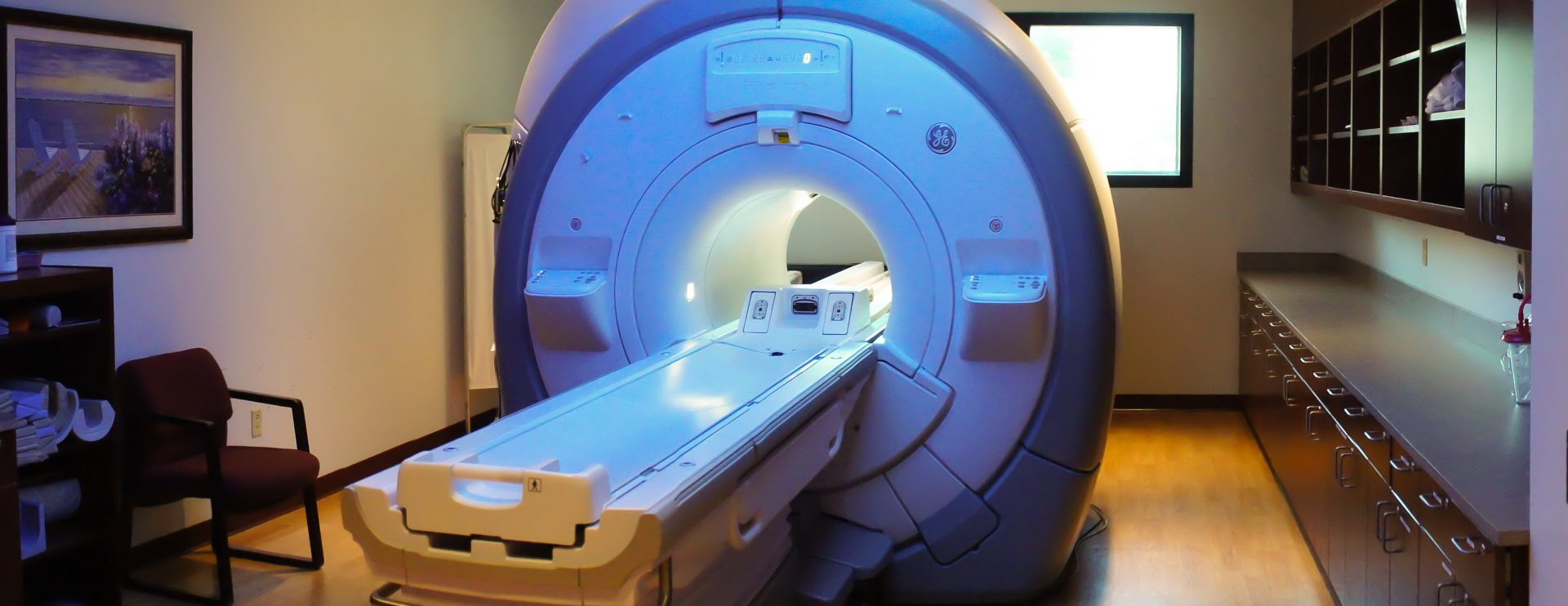November is National Diabetes Month, a good time to remind people how to prevent this disease and the complications that go with it. There are more than 30 million people in the United States living with diabetes, that’s 1 in 10 people, with an additional 84 million adults at a high risk of developing type 2 diabetes. There are two types of diabetes, type 1 occurs in children and adolescents and accounts for only about 5% of diagnosed cases. Type 2 occurs later in life when the body does not produce enough or does not respond to insulin, which causes increased sugar levels in the blood stream.
Diabetes is one of the leading causes of death and disability in the U.S. causing nerve damage, kidney disease, eye disease, vascular and serious health complications if not well controlled. There are many things that can be done to control the progression of diabetes and prevent serious complications. People who are at an elevated risk of developing type 2 can reduce their risk of becoming diabetic by over 50% with diet and exercise.
Learn How to Prevent Diabetes and Reverse Prediabetes
There are many things you can do to prevent diabetes and even reverse prediabetes such as eating healthy foods and staying active. Here are some simple lifestyle changes that anyone can make to help maintain normal blood glucose levels and ward off this chronic condition and its complications:
- Eat healthy foods – one of the most important things that you can do to prevent diabetes is follow a low calorie diet rich in plant based foods with plenty of fruits and vegetables, while avoiding sugar, trans fats and saturated fats.
- Get some physical activity – mild to moderate activity such as a brisk walk a few times a week can help to prevent diabetes. Exercise helps the body’s cells to be more receptive to insulin.
- Reduce your stress – stress can trigger the body to release hormones which are proven to increase blood sugar. Coping with stress in healthy ways such as with physical activity, meditation and support from friends or groups helps to reduce the negative effects stress has on your health.
- See your doctor for regular checkups – see your doctor for regular checkups where you should have your cholesterol and blood pressure checked and be sure to discuss any changes or problems with your vision.
Learn more about how to take steps to prevent type 2 diabetes, and talk to your friends and loved ones about joining you in your efforts.
Controlling Vascular Complications from Diabetes
High blood sugar, or hyperglycemia, puts people with diabetes at an elevated risk of developing vascular diseases. High blood sugar wreaks havoc on the body’s blood vessels, which bring oxygen to each living cell in the body. The body suffers in many ways when blood vessels aren’t working properly.
Here is a list of six vascular complications which could occur with diabetes and how to control conditions from worsening:
- Diabetic eye disease – because diabetes affects the vascular system, blood vessels in the retina may become swollen reducing the flow of oxygen which may cause blindness. See your doctor about changes in vision and have an annual dilated eye exam.
- Peripheral arterial disease (PAD) – this occurs when blood flow to the feet and legs is reduced by plaque build-up in the arteries. PAD is common in elderly people and much more likely in those with diabetes. Symptoms may be leg pain when walking which subsides with rest. The first course of treatment is typically a daily walk which increases blood flow to the legs and feet and will eventually decrease leg pain. Talk to your doctor about intermittent leg pain and patients with PAD should have regular checkups with a vascular surgeon.
- Peripheral neuropathy and foot ulcers – peripheral neuropathy and PAD may both be causes of foot ulcers. Neuropathy causes a lack of sensation in the foot to the point that patients do not feel pain therefore foot sores go untreated, which can be very dangerous. Patients with peripheral neuropathy should be evaluated by a vascular surgeon, a podiatrist and an amputation prevention team.
- Smoking Complications – smoking cigarettes causes inflammation and plaque buildup which damages blood vessels. Patients with diabetes must give up smoking, call 1-800-QUIT-NOW for help and support to kick the habit for good.
- Heart attack – diabetes also affects the arteries which supply blood to the heart making patients with diabetes at an increased risk of heart attack. Diabetics may not have the same warning symptoms of a heart attack such as chest pain, making it important to report any symptoms to your doctor including shortness of breath or exercise intolerance and reduce cholesterol levels with healthy eating and exercise.
- Renovascular disease – with diabetes, the blood vessels to the kidneys can also be affected leading to kidney failure which may be asymptomatic until advanced, irreversible stages. Controlling blood pressure and blood sugar can help to reduce kidney failure from diabetes. Kidney problems may be detected and treated before reaching kidney failure with regular doctor visits and blood tests.
It is very important for people with diabetes to be aware of potential complications from high blood sugar and the damage this causes to blood vessels. Learn more about diabetes and vascular disease, watch a video and download free patient resources from the Society for Vascular Surgery.
GWIC cares about your health and we encourage you to eat healthy foods low in sugar and trans-fat, see your doctor regularly and get enough physical activity. We provide professional, caring and experienced care. Remember to contact us for all your MR imaging needs.


